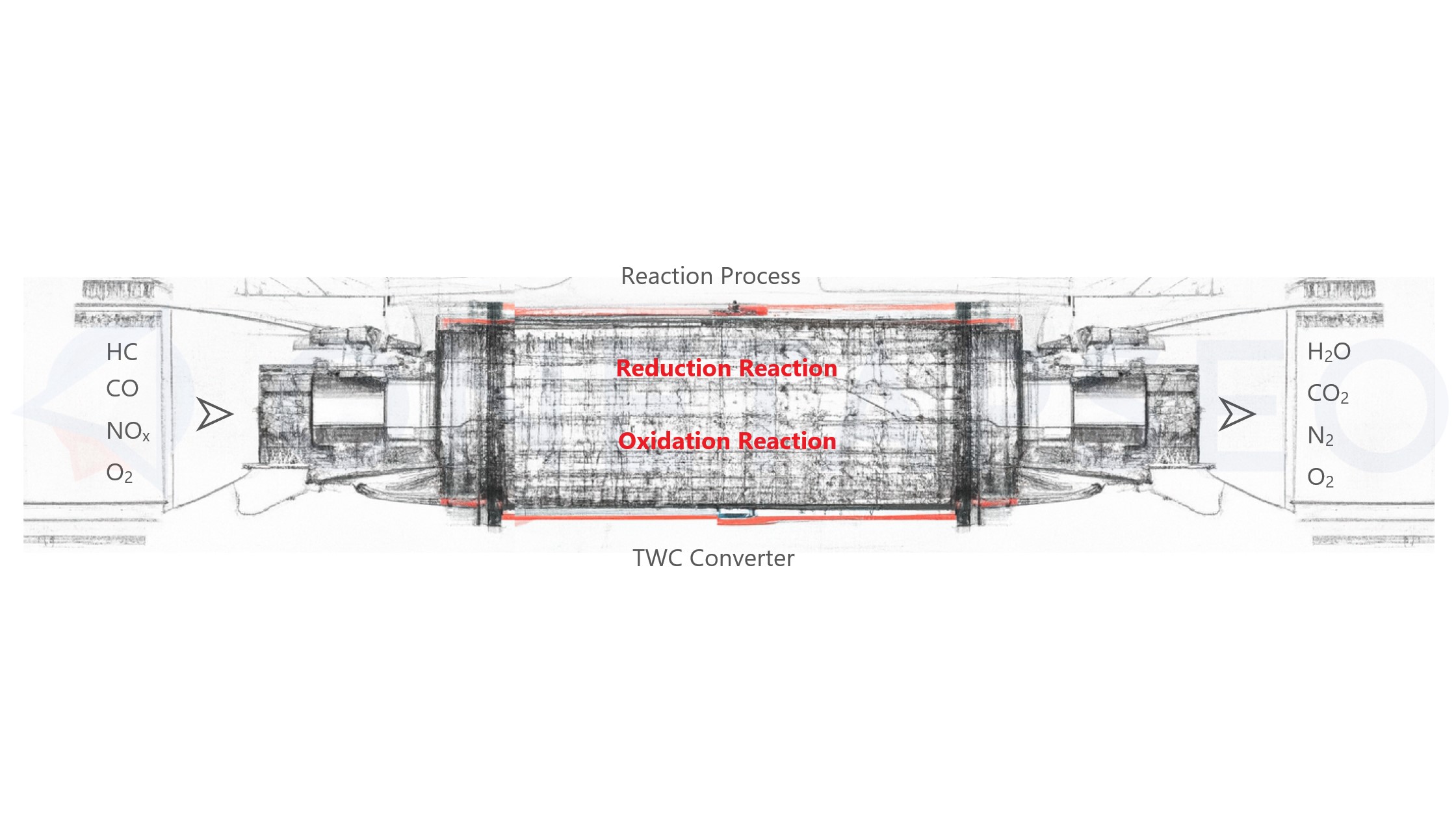What is a three way catalytic converter?
A three way catalytic converter is a type of emission control device that is commonly used in vehicles to reduce the levels of harmful pollutants that are emitted from the engine. It works by using a combination of three different catalysts to convert these pollutants into less harmful substances before they are released into the atmosphere.
The three catalysts used in a three way converter are a reducing catalyst, an oxidizing catalyst, and a washcoat catalyst. The reducing catalyst converts nitrogen oxides (NOX) into nitrogen and oxygen, the oxidizing catalyst converts carbon monoxide (CO) into carbon dioxide (CO2), and the washcoat catalyst helps to remove particulate matter (PM) from the exhaust gas. All three of these catalysts work together to help reduce the overall level of pollution that is emitted from a vehicle’s exhaust.
The impact of three way catalytic converters
One of the primary benefits of three way catalytic converter is their ability to reduce harmful emissions and protect the environment. These devices are an essential component of modern automobiles, designed to convert harmful gases such as carbon monoxide, nitrogen oxides, and hydrocarbons into less harmful emissions. In this article, we’ll delve into the specific ways in which three way catalytic converters help to reduce pollution and improve air quality.
One of the main ways in which three way catalytic converters reduce pollution is by converting harmful gases into less harmful ones. Carbon monoxide, for example, is a toxic gas that is produced as a result of combustion and can be harmful to both humans and the environment. A three way catalytic converter helps to reduce the amount of carbon monoxide released into the air by converting it into carbon dioxide, which is less harmful.
Nitrogen oxides, or NOX, are another type of harmful gas that is produced during combustion. These gases can contribute to the formation of smog and acid rain, which can have serious consequences for human health and the environment. Three way catalytic converters help to reduce the amount of NOX released into the air by converting it into nitrogen and oxygen, which are less harmful.
In addition to reducing harmful emissions, three way catalytic converters can also help to improve fuel efficiency and reduce the amount of fuel consumed by a vehicle. This is because the chemical reactions that take place within the converter can help to extract more energy from the fuel, leading to improved performance and lower fuel consumption. By using less fuel, vehicles equipped with three way catalytic converters can help to reduce overall emissions and lower the environmental impact of transportation.
Conclusion
Overall, three way catalytic converter plays a crucial role in reducing harmful emissions and protecting the environment. By converting harmful gases into less harmful ones, they help to reduce pollution and improve air quality, benefiting both humans and the environment. By choosing a vehicle equipped with a three way catalytic converter, you can help do your part in reducing harmful emissions and protecting the planet.



